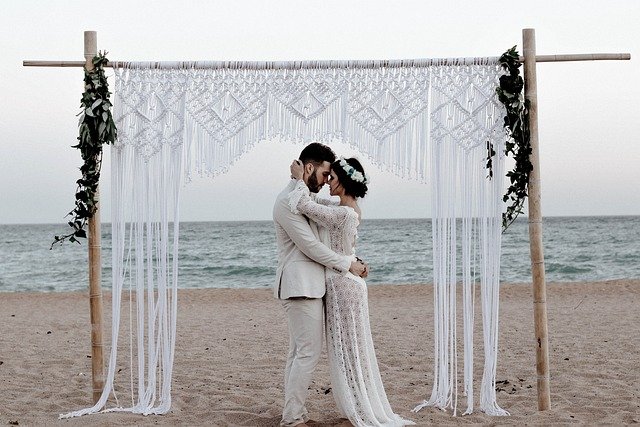Choosing a Wedding Suit: A Practical Guide for the Groom and Tailor
A wedding suit sets the tone for a ceremony and should reflect the couple’s style while fitting comfortably for the day. This guide explains practical options for choosing a suit, what a groom should consider, fabric choices for different seasons, how a man can work with a tailor, and ideas for coordinating accessories. It focuses on clear, usable advice to help readers make informed decisions about fit, fabric, and finish.

How to choose a suit style for a wedding
Selecting a suit style begins with the wedding’s formality and the groom’s personal style. For formal weddings, a single- or double-breasted suit in a classic color like navy, charcoal, or black works well; less formal events can use lighter colors, linen blends, or even a blazer and trousers. Consider lapel style (notch, peak, or shawl), number of buttons, and silhouette—slim, regular, or relaxed. The suit should complement the venue and wedding attire of the rest of the party. Try on different cuts to see which proportion flatters the groom’s frame and allows comfortable movement.
What should a groom consider when picking a suit
A groom should balance aesthetics with practicality. Think about timing (how many fittings are possible), comfort for a full day, and how long the suit will be worn after the wedding. Match the suit to the wedding palette and the bride’s attire for visual harmony. Pay attention to sleeve and trouser length, shoulder fit, and waist suppression; these are the areas that most affect overall appearance. A man should also consider travel logistics if the wedding is away from home, and whether renting, buying off-the-rack, or ordering a tailored suit best meets budget and timing needs.
Which fabrics suit a wedding season for a man
Fabric choice influences comfort and appearance. Wool and wool blends are versatile and appropriate for cooler months; they drape well and resist wrinkling. For spring and autumn, lightweight wool, cotton blends, or tropical wool can offer breathability and structure. Summer weddings often favor linen or linen blends for airflow, though linen wrinkles more easily. When choosing fabric, consider climate, photography conditions, and how the fabric behaves over long wear. A patterned or textured fabric like hopsack or birdseye adds interest without overpowering the ensemble.
How to work with a tailor for the perfect fit
A tailor helps transform a suit from acceptable to exceptional. Start early—book fittings weeks in advance when possible—and bring shoes and any underlayers you’ll wear on the wedding day. Explain how you move (sit, dance) so adjustments accommodate real activity. Common alterations include jacket sleeve length, trouser hem and taper, waist suppression, and shoulder adjustments. If ordering a bespoke or made-to-measure suit, discuss timelines, fabric swatches, and measurement variations. Use local services or a reputable tailor in your area to ensure follow-up fittings and clear communication about expected turnaround.
Accessorizing and coordinating the suit for the wedding
Accessories complete the look: ties, bow ties, pocket squares, lapel pins, belts, and shoes should coordinate without being overly matchy. Choose metals (watch, cufflinks) that pair with wedding rings and other jewelry. Consider boutonnières and the bridal party’s colors when selecting a pocket square or tie. Shoes should match the suit’s formality—derbies or oxfords for formal suits, loafers or brogues for relaxed fits. Pay attention to texture and pattern mixing; a subtle patterned tie can enliven a solid suit, while patterned suits usually call for simpler accessories.
Conclusion
A well-chosen wedding suit balances style, comfort, and practicality. By considering venue, season, fabric, and fit—and by working with a qualified tailor—a groom can select a suit that supports the day both visually and functionally. Thoughtful accessories and coordination with wedding colors help integrate the groom’s look with the broader event aesthetic. Planning fittings and decisions early reduces stress and increases the chance that the suit will feel and look right on the wedding day.






